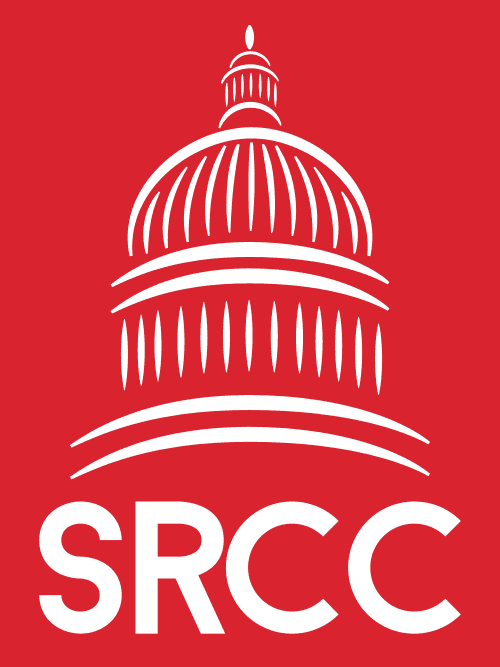John Braun: Reaction to federal shift on homelessness highlights state Democrats’ failures
Friday, August 1, 2025
Democrat leaders in our state have found a new reason to criticize the federal government. This time it’s the July 24 executive order about ending crime and disorder on America’s streets — specifically how it would get homeless people into treatment for drug addiction, mental-health issues or both.
A House Democrat from downtown Seattle complained it means “old approaches that we know are not effective,” while Gov. Bob Ferguson vowed Washington will focus on “evidence-based approaches.”
Those reactions are outrageous considering the approaches favored by Democrats here have failed to make a dent in Washington’s tragic homelessness crisis. Despite the billions of dollars being spent in support of their “housing first” ideology, the number of homeless people in our state has increased, not fallen.
The annual report on homelessness submitted to Congress by the federal government’s housing agency estimated Washington’s 2024 homeless population at 31,554, which was 25% higher than in 2022.
More than half of Washington’s homeless population is in King County, the Democrats’ political backyard, where a 2024 count by the county’s homelessness authority indicated 16,868 homeless people — up 26% from 2022.
The amount of money being thrown at the homelessness issue makes it even more ridiculous for Democrats to suggest their ways are superior to the federal government’s new direction.
In state government, it’s possible to calculate the price of educating a K-12 student, serving a Medicaid recipient or housing a prison inmate. Someone can also do the math and tell you what each mile of that new stretch of highway costs to build.
This is important for holding agencies accountable and showing where government should look for efficiencies.
Unfortunately, no one will say exactly how many dollars are being poured into addressing homelessness — it would show how expensive the Democrats’ failure has been.
One of the few cost indicators available comes from King County’s purchase of 15 hotels, totaling 1,366 units.
Between the purchase price, site renovation and cost for operations and staffing, the county has already sunk an average of nearly $333,700 into each unit, not counting the costs going forward. In Lewis County you could almost buy an entire house for that money.
Put another way, spending $456 million still doesn’t create enough space to house even one-tenth of King County’s homeless population.
In addition, the Discovery Institute, a Seattle-based public-policy think tank, found that over half of the non-governmental organizations receiving taxpayer dollars through King County’s homelessness authority couldn’t offer proof that they had truly helped homeless people.
The King County examples are relevant to legislators because it and other counties receive a lot of state money through the state Department of Commerce to address homelessness. The new state budget allocates around $870 million to the agency for housing, and serving homeless people will consume much of that.
Democrats in our state should have seen this coming, considering what President Trump said in 2023: “When I am back in the White House, we will use every tool, lever, and authority to get the homeless off our streets. We want to take care of them, but they have to be off our streets.”
The executive order making good on that promise is “misguided,” says Governor Ferguson. But let’s remember how in 2021, after the state Supreme Court’s Blake decision threw out Washington’s felony drug law, then-attorney general Ferguson did something that went far beyond misguided: He urged legislators to decriminalize the possession of small amounts of drugs, including fentanyl, methamphetamine and heroin.
The majority Democrats did exactly that, despite data showing some three-quarters of homeless people have a substance-abuse problem. It made Ferguson a party to the disastrous social experiment that ruined countless lives and added immeasurably to Washington’s homelessness crisis before the special legislative session of 2023 restored some small bit of sanity to the drug-possession law.
Between blasting the executive order and choosing to withhold funding that would have allowed a new 48-bed treatment facility in Clark County to open this fall, state Democrats come off as being content with the status quo.
Meanwhile, the new federal emphasis on treatment lines up with proposals from Senate Republicans, such as 2023’s Senate Bill 5016. That wide-ranging anti-homelessness legislation would have required homeless people to take advantage of mental-health and substance-abuse treatment options.
The July 24 order doesn’t deny housing is part of the answer to the homelessness situation. There is nothing compassionate about letting people remain in unsafe, substandard living conditions.
However, the administration realizes people who need substance-abuse treatment often must be compelled to seek it – something Democrat leaders here won’t consider.
I believe most Washingtonians also see the common sense in putting more attention on the addiction and mental-health issues that cause many of our neighbors to either end up on the street or stay there.
The evidence shows homelessness in Washington has only gotten worse on the majority’s watch. We need a new approach. Our state can do better.
•••
Sen. John Braun of Centralia serves the 20th Legislative District, which spans parts of four counties from Yelm to Vancouver. He became Senate Republican leader in 2020.

